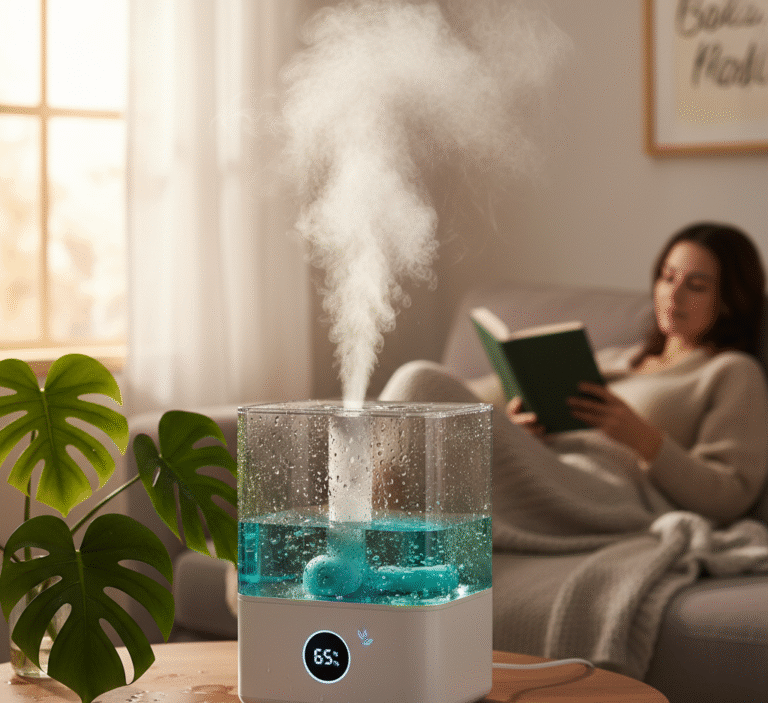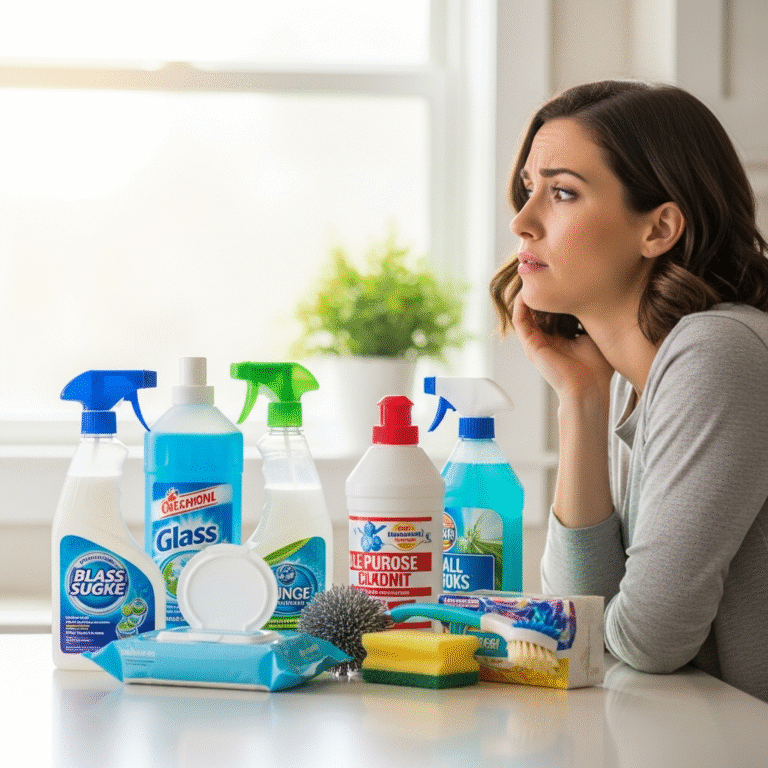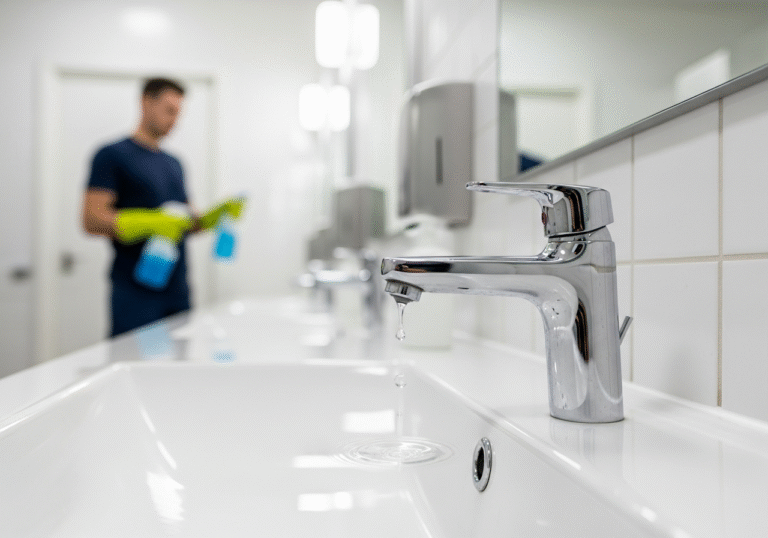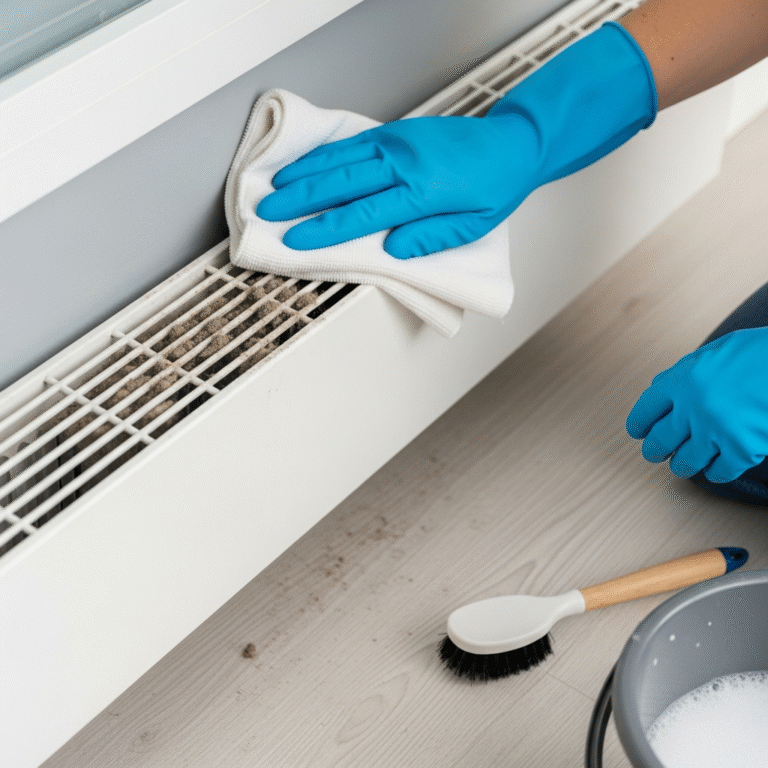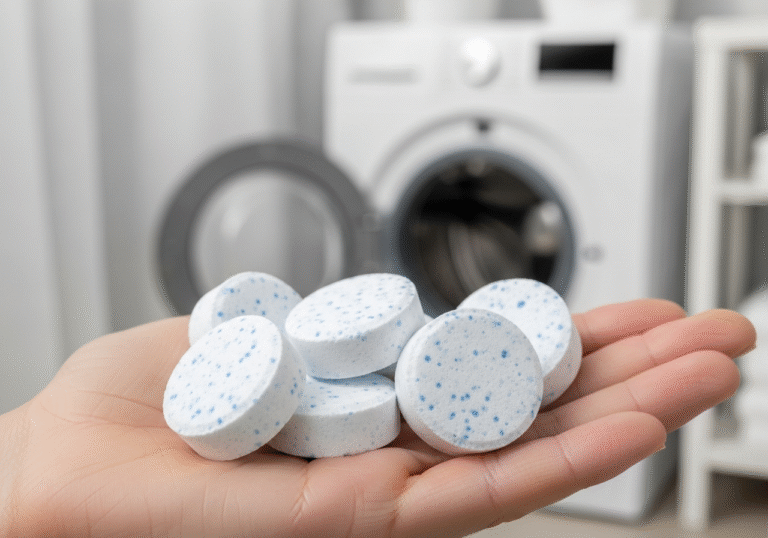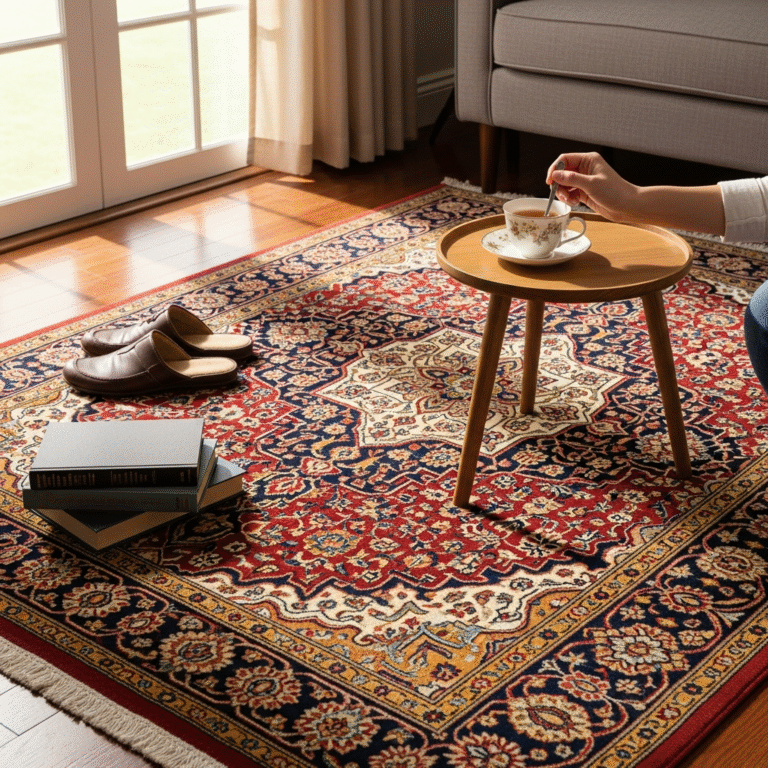A humidifier is essential because it’s the invisible antagonist of the Canadian winter, an adversary that arrives not with a blizzard, but with the first click of the heater. It’s dry air, and its effects are as predictable as the fall of leaves in October. It manifests as a persistent tickle in the throat, a morning voice that sounds raspy and strained. It is the reason our skin feels tight and itchy, our lips chap, and our knuckles crack. It is the culprit behind the surprising, sharp zap of a static shock from a doorknob and the reason our wooden furniture can creak and even crack over time. In our quest to create warm, sealed sanctuaries against the cold, we inadvertently strip our indoor environment of its most essential atmospheric component: moisture.
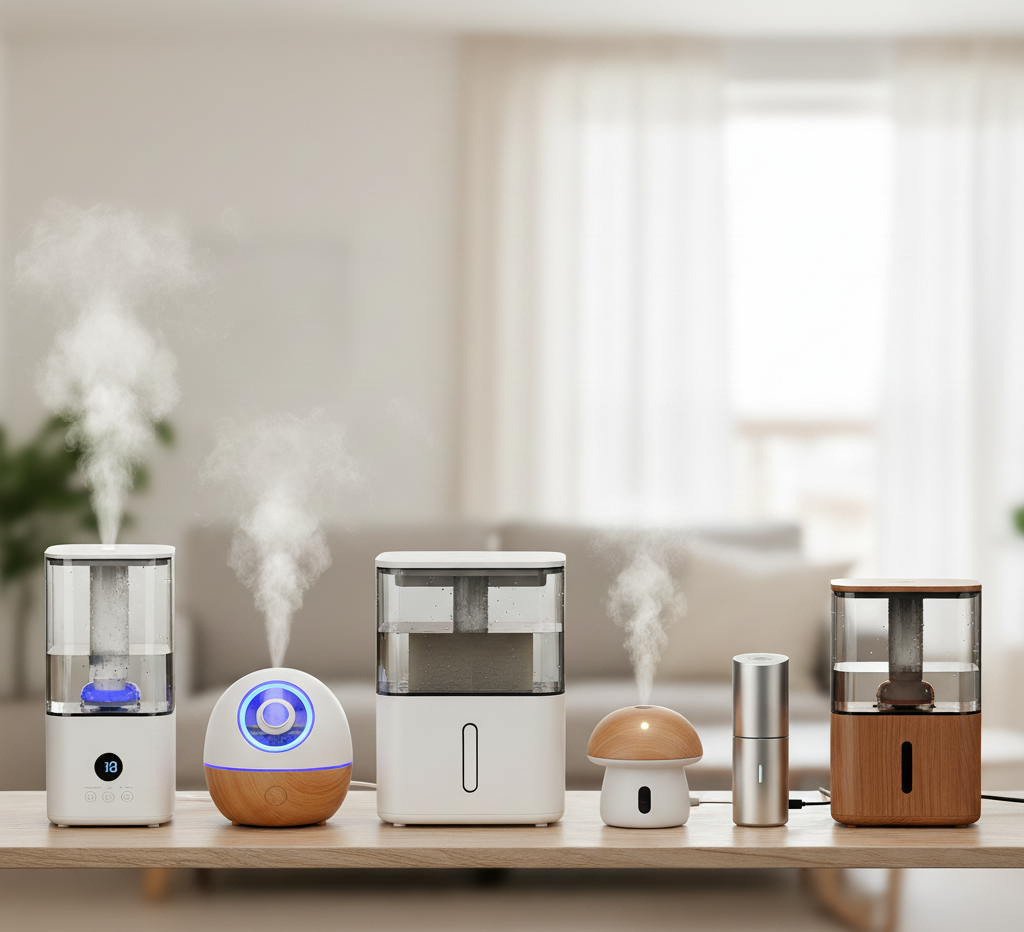
The Solution
The solution to this pervasive dryness is a simple, yet profoundly effective, appliance: the humidifier. It is a machine dedicated to the straightforward task of reintroducing water vapor into the air, and in doing so, it can transform a harsh, uncomfortable indoor climate into a healthy, comfortable, and pleasant one. But a humidifier is not a passive appliance. It is an active participant in the quality of the air you breathe, and its ownership comes with a critical responsibility. A clean, well-maintained humidifier is a powerful tool for health and wellness. A neglected one can become the exact opposite, a device that disperses not soothing moisture, but a plume of microscopic contaminants.
To appreciate the importance of a humidifier, one must first understand the concept of relative humidity. This is a measure of the amount of water vapor in the air, expressed as a percentage of the maximum amount the air could hold at a given temperature. Health experts generally agree that the ideal indoor relative humidity for human comfort and health is between 30 and 50 percent. During a cold winter, the air outside holds very little moisture. When we bring that air into our homes and heat it, its relative humidity plummets, often falling into the single digits, creating an environment that is drier than a desert.
This parched air acts like a sponge, drawing moisture from every available source. It pulls it from our skin, leading to dryness and exacerbating conditions like eczema. It pulls it from the delicate mucous membranes lining our respiratory tract, from our nose and throat down to our lungs. This can dry them out, impairing their ability to trap viruses and bacteria, which is one reason colds and sinus infections can feel so much worse in the winter. Proper humidity keeps these membranes moist and healthy. It can also help soothe a cough and relieve congestion, making a humidifier an indispensable tool during cold and flu season.
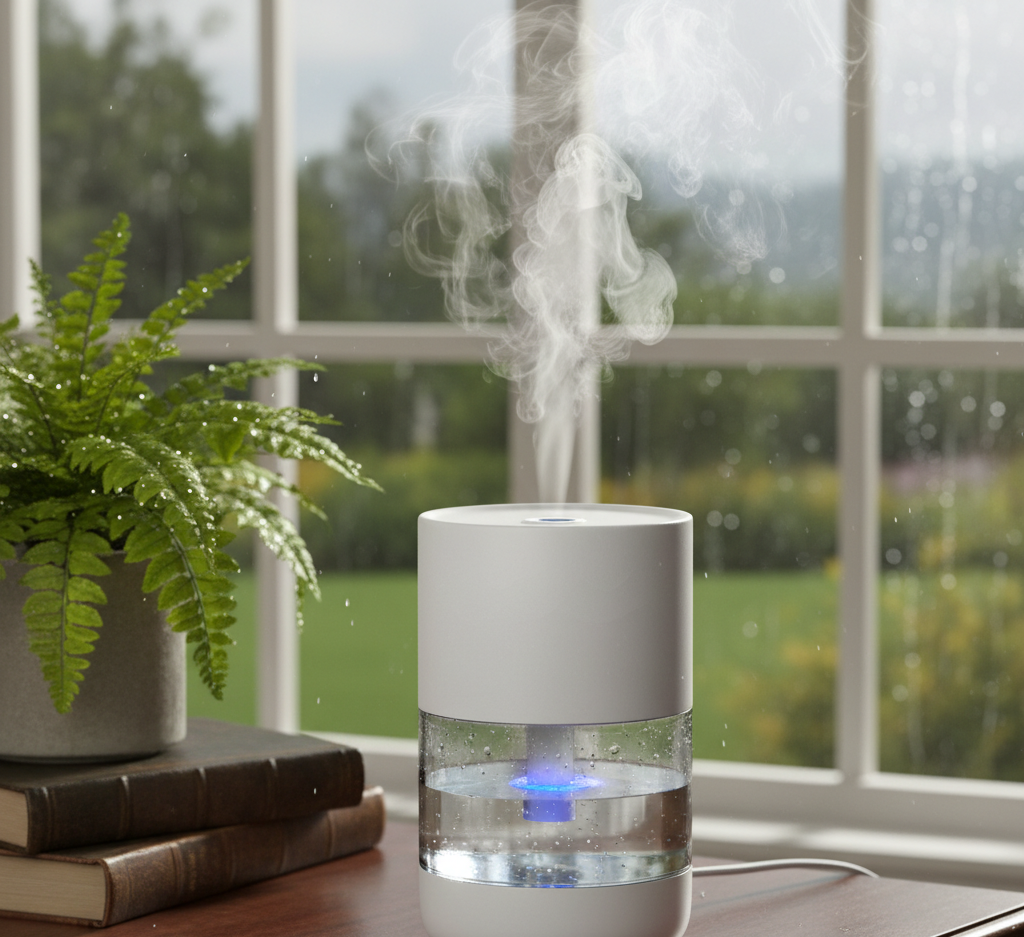
The Right Choice
The most fundamental choice you will make is the type of humidifier that best suits your needs, and each operates on a different principle. The most common and traditional type is the evaporative humidifier. This device works on a simple principle, using a fan to blow air through a wet, absorbent filter, often called a wick. The water evaporates from the wick and is released into the room as a fine, invisible cool mist. These models are often self-regulating; as the humidity in the room increases, the rate of evaporation from the wick naturally slows down. Their main drawback is that the wick is a consumable item. It must be replaced regularly, as it can become clogged with mineral deposits and can potentially harbor mold if not maintained.
A more modern and increasingly popular option is the ultrasonic humidifier. These machines are known for being exceptionally quiet. They use a small, vibrating diaphragm, a nebulizer, that moves at an ultrasonic frequency. These high-frequency vibrations break the water in the reservoir into microscopic droplets, which are then released into the air as a visible, cool mist. A major advantage of ultrasonic models is that they do not use a filter, reducing ongoing replacement costs. However, they have one significant potential downside that is directly tied to your water source, which we will address later.
Vaporizer
For those who prefer a warm mist, there is the vaporizer, or steam humidifier. This type of machine is the simplest of all. It contains a heating element that boils the water, creating steam that is then released into the room. The primary advantage of a vaporizer is that the boiling process kills any bacteria, mold, or other microorganisms that might be present in the water, ensuring the mist it produces is sterile. This warm mist can be particularly soothing for coughs and congestion. The trade-offs are that these models consume more electricity to heat the water, and they present a potential burn risk, making them a less ideal choice for homes with small children.
At the end, there is the whole-house, or central, humidifier. This is not a portable appliance, but a system that is integrated directly into your home’s forced-air heating and cooling system. It automatically adds moisture to the air as it is being heated and distributed throughout your home, maintaining a consistent, pre-set level of humidity in every room. While this is the most convenient and hands-off solution, it is also the most expensive and typically requires professional installation and maintenance.
Regardless of which type of humidifier you choose, one non-negotiable truth unites them all: they must be kept scrupulously clean. A humidifier’s reservoir of still, room-temperature water is the perfect environment for the growth of mold, mildew, and bacteria. If the machine is not cleaned regularly, it will aerosolize these contaminants along with the water vapor, broadcasting a plume of potentially harmful microorganisms directly into the air you breathe. This can trigger allergies, and in some cases, lead to a respiratory illness sometimes called “humidifier fever.”
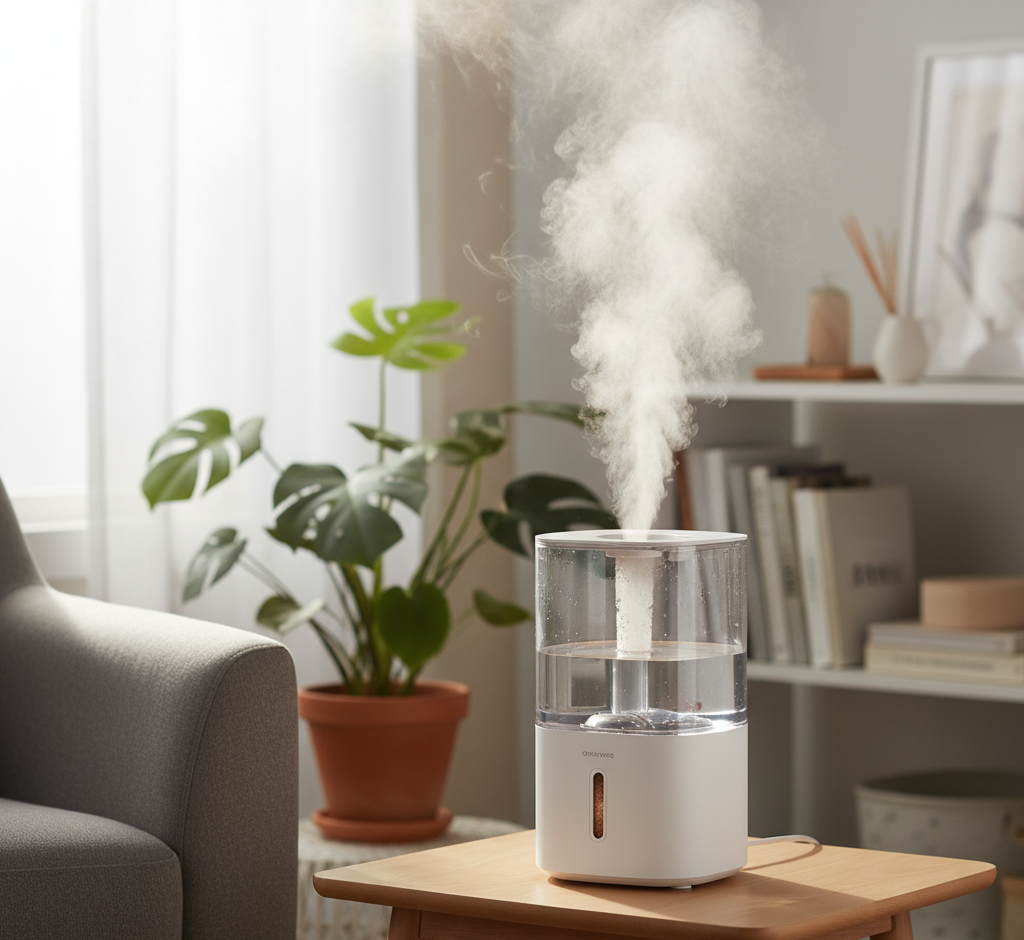
Cleaning
The cleaning routine is a simple but critical two-part process of descaling and disinfecting. The first step, which should be done weekly, is descaling. This addresses the mineral buildup, or limescale, left behind by tap water. Unplug the unit and disassemble it, separating the tank from the base. Pour a solution of equal parts white vinegar and water into the tank and into the base reservoir. Let it soak for at least an hour. The acetic acid in the vinegar is a powerful agent that will dissolve the chalky, white mineral deposits. After the soak, use a soft brush or a cloth to gently scrub away any remaining residue. It is crucial to rinse every component thoroughly with clean water to remove all traces of the vinegar.
The second step is disinfecting. After the weekly descaling and rinsing, you can disinfect the unit to kill any lingering mold or bacteria. A simple and effective method is to use a solution of one teaspoon of bleach mixed with a gallon of water. Swirl this solution in the tank and let it sit for about 20 minutes, then rinse it with obsessive thoroughness until you can no longer detect any bleach smell. An alternative to bleach is a 3% hydrogen peroxide solution, which can be used in the same manner. This disinfecting step is what ensures your humidifier is not harboring any unseen microbial threats. After the final rinse, the most important step is to let every single part air dry completely before reassembling it. A dry surface cannot grow mold.
Beyond the weekly deep clean, a simple daily habit can make a world of difference. At the very least, you should empty, rinse, and refill the tank with fresh water every single day. Never simply top off old water that has been sitting in the reservoir.
Water
The type of water you use is also a critical consideration, especially if you own an ultrasonic model. When an ultrasonic humidifier atomizes water, it atomizes everything in it, including the dissolved minerals. This can result in a fine, white dust being released into the room, which then settles on every surface. This dust is the mineral content of your tap water. To prevent this, the best practice for all ultrasonic humidifiers is to use distilled water. Because distilled water has had all its minerals removed, it produces a pure, clean mist with no accompanying dust. For evaporative models, using distilled water will also dramatically extend the life of your wick filter.
Proper placement and monitoring are the final pieces of the puzzle. A humidifier should be placed on a level, water-resistant surface, at least a few feet off the ground, and away from wooden furniture, electronics, and walls, to allow for good air circulation. It is also a wise investment to purchase a small, inexpensive device called a hygrometer. This tool measures the relative humidity in a room, allowing you to see if you are in the ideal 30 to 50 percent range. This is important because it is possible to over-humidify a space. If the humidity level gets too high, it can lead to condensation on windows and walls, creating the damp conditions that can lead to mold growth—the very problem you are trying to avoid.
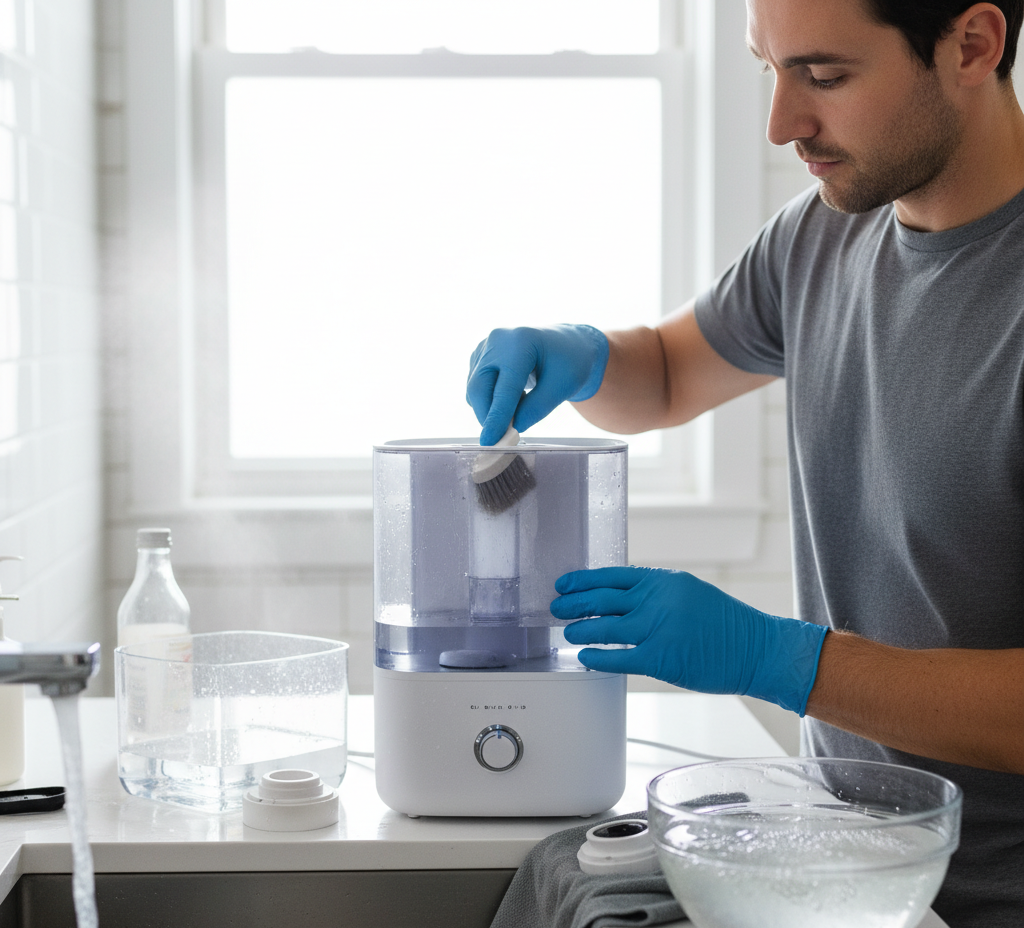
The humidifier is a powerful ally in the pursuit of a comfortable and healthy home environment. It is a simple machine that provides a profound benefit, but its effectiveness is inextricably linked to its cleanliness. The small, consistent effort required to maintain it is a direct investment in the quality of the air you breathe every day.
A clean humidifier is a vital tool for maintaining healthy indoor air, just as a clean home is foundational to your well-being. For a comprehensive clean that addresses every detail of your living space, from the air you breathe to the surfaces you touch, Toronto Shine Cleaning provides the expert service needed for a truly spotless environment.













